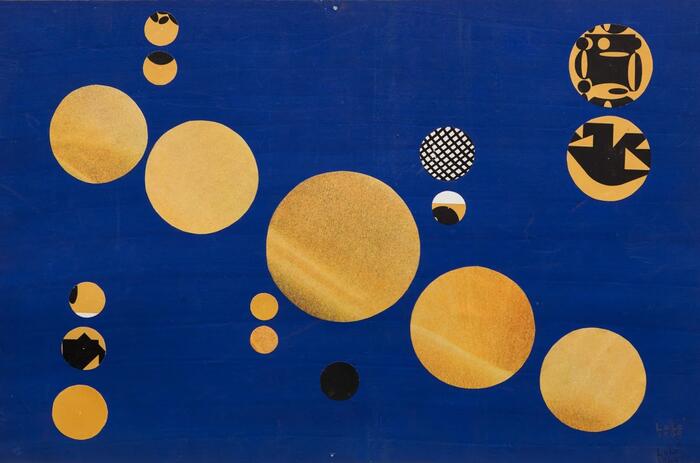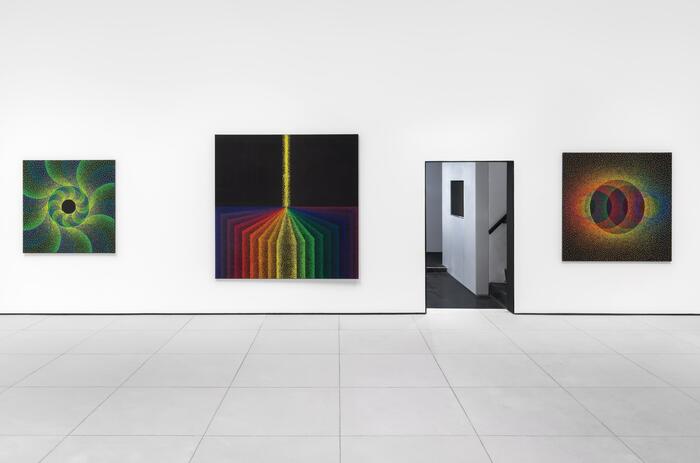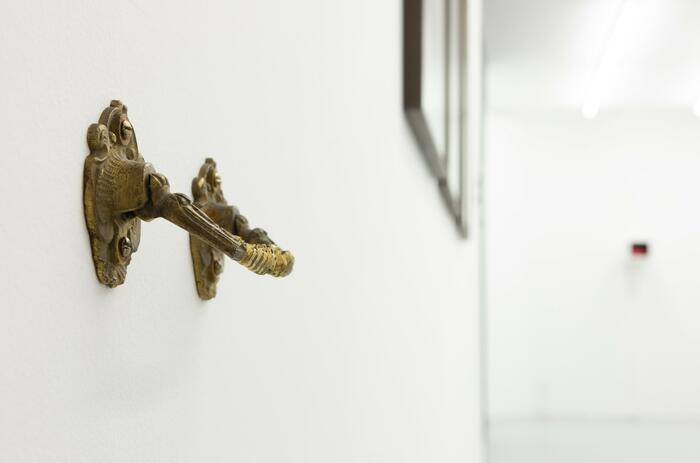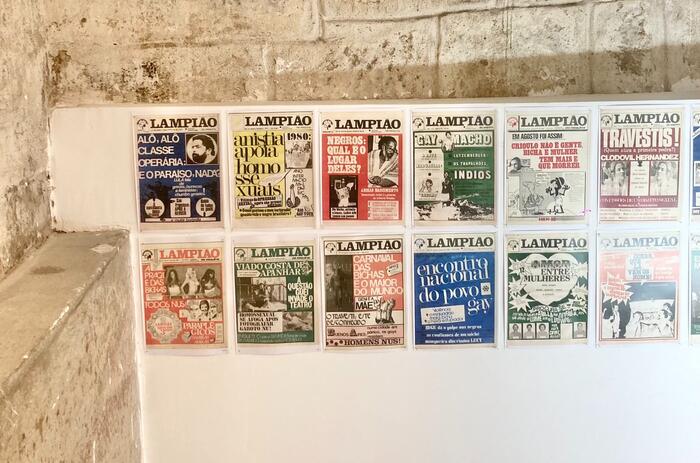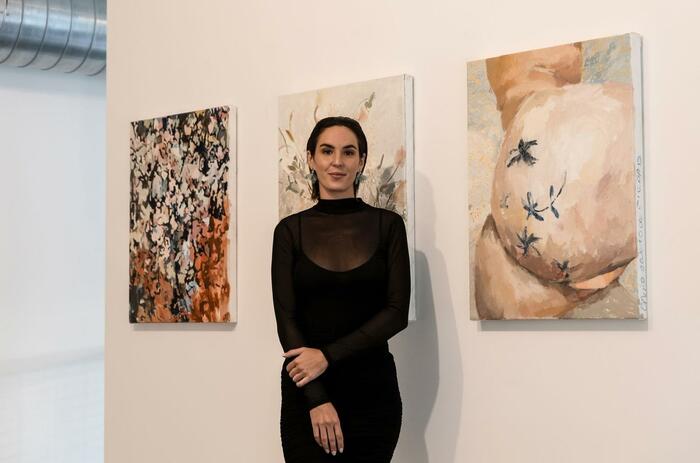ANTONIO SEGUÍ AT GALERIE CLAUDE BERNARD, PARIS
The Claude Bernard Gallery is dedicating an exhibition as a tribute to the master Antonio Seguí, who passed away in February at the age of 88 in Buenos Aires.
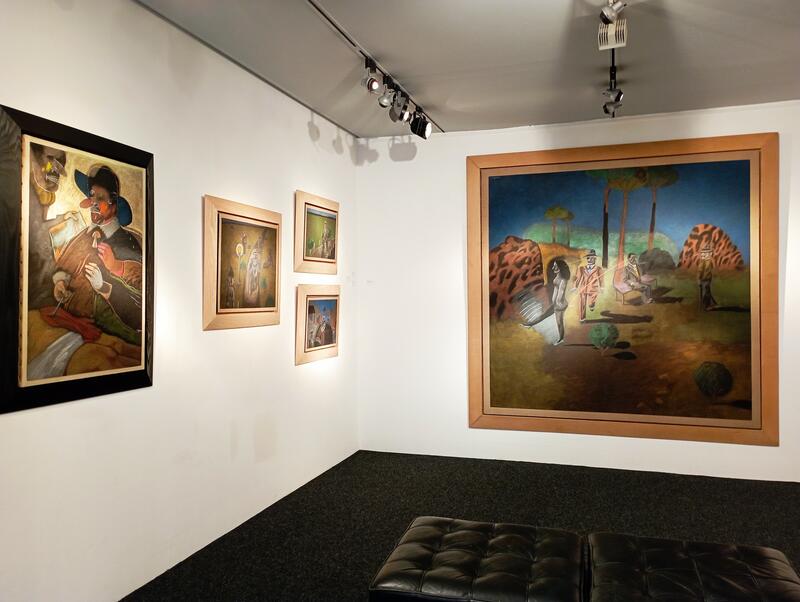
Its director Claude Bernard –who discovered Segui at the 1963 Biennale des Jeunes in Paris– and Clelia Taricco, his wife, decided to show a selection of works produced in the 70s and 80s, as well as compositions from the 60s. An exhibition with more classical paintings from the artist, which present a similar treatment to that of the backgrounds of abstract painting, where the graphic elements that constitute a topic in Seguin's production, numbers, letters, arrows and strikethroughs, all of them plastic elements that refer to graffiti and comics, make their appearance. These paintings gave way to the elaborate compositions with schematic figures, cut out like a puzzle from a children's game that determined his more contemporary works. The profile of his characters is clearly defined here, his caricatured figures that flood his paintings, revealing to the world the man of the streets of Buenos Aires, who exhibits a characteristic costume: the suit and the hat; torn to time and space he keeps the mirages that trap us in an alternative game where the rational and the burlesque are mixed.
A major figure of the Latin American art scene, Antonio Seguí, was a character, like his men with hats, fine mustaches and suits, who elegantly walk the multicolored surfaces. Reconstructing his artistic and personal life is a very difficult task, since they are so closely connected that it is not easy to see where one begins and the other ends.
Antonio Seguí spent most of his career in France, without renouncing his South American origins, as he regularly returned to his native country, which remained for him an important source of inspiration. Established in Paris –since the 1960s– a city that functioned and still functions as a breeding ground for the artistic and cultural avant-garde, Seguí produced a body of work that, despite sailing in the avant-garde waters of the 20th century, was the owner of a style of his own that was difficult to define. His work reflects his world, constituted by the multicultural inheritances he accumulated through his travels in Latin America, North Africa, Spain, France; countries he explored in the manner of medieval apprentices, interacting with César, Matta, Pierre Restany, André Morain and Severo Sarduy; to impregnate himself with images that he stored and thus create his world, generous, curious, fertilized by the collected objects that allowed him to invent his own ghosts.
In the exhibition one can admire the complexity of the man and therefore of the artist and his work; his intense and generous life, full of events. Without rest, he devoted himself to creating a body of work that aims to answer a number of ever-present fundamental questions about artistic practice, such as the meanings and mechanisms of representation, the relationship between the work of art and space, and the role of art and the artist. But Seguí went further, addressing fundamental philosophical questions of the human being, such as the relationship between the subject and his environment, the way in which the individual is inscribed in time, and the role played by memory.
Painter, draftsman, sculptor, he directed with total commitment a search of a high requirement where the key challenge lies in the constant attempt to translate his fair vision of reality. A vision that crystallized around very few themes, the human figure being the central subject of his search throughout his life. "I am motivated by man. I have never made a work in which there was no man. And if the man is not there, there were the traces left by that man".
The exhibition guides us to admire the complexity of his creation, which gradually developed with figures that stand out in space vertically, or move towards an unknown direction, the image of a humanity that seeks to redefine itself; it highlights a work where humor and poetry defy all pre-established styles and above all it is an invitation to enter into the life of Antonio Seguí.

